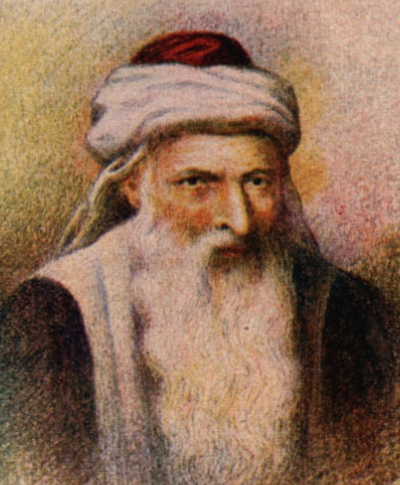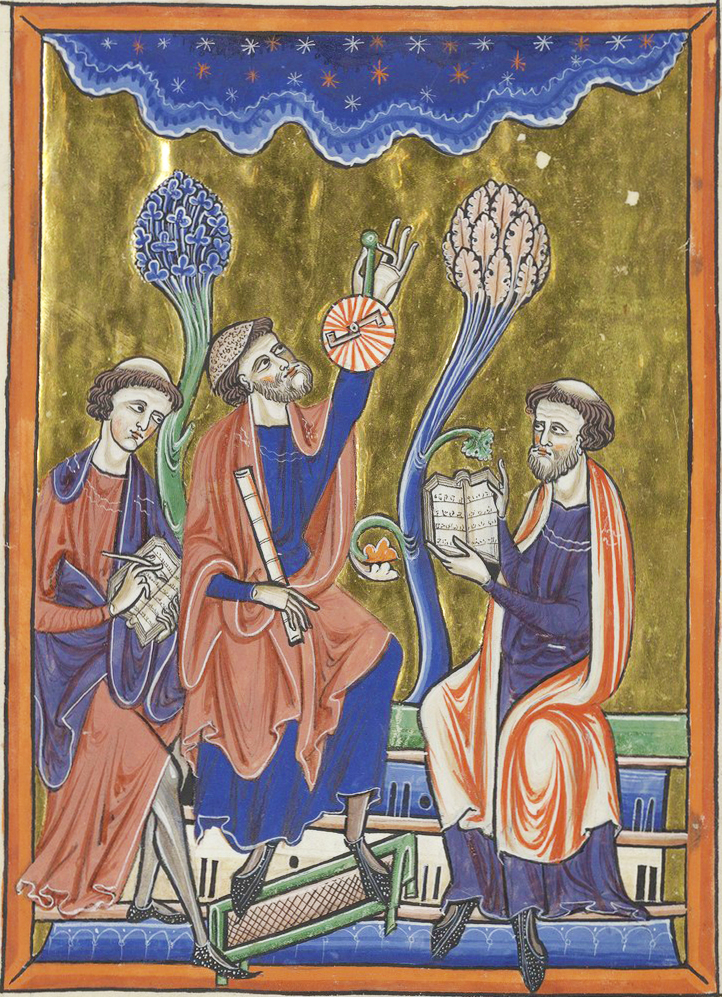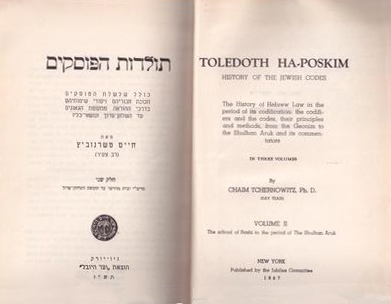|
Sefas Emes
Yehudah Aryeh Leib Alter ( he, יהודה אריה ליב אלתר, 15 April 1847 – 11 January 1905), also known by the title of his main work, the ''Sfas Emes'' (Ashkenazic Pronunciation) or ''Sefat Emet'' (Modern Hebrew), was a Hasidic Judaism, Hasidic rabbi who succeeded his grandfather, Rabbi Yitzchak Meir Alter, as the ''Av beis din'' (head of the rabbinical court) and Rav of Góra Kalwaria, Poland (known in Yiddish language, Yiddish as the town of Ger), and succeeded Rabbi Chanokh Heynekh HaKohen Levin of Aleksandrów Łódzki, Aleksander as Rebbe of the Ger (Hasidic dynasty), Gerrer Hasidim. Biography Early years He was born in 1847 (5608) and named Yehudah Leib; he was known to family and friends as Leybl. His father, Rabbi Avraham Mordechai Alter, died when Yehudah Leib was only eight years old, and his mother Mrs. Esther Alter (née Landsztajn) died before that. Orphaned of both parents, he was brought up by his grandparents, Rabbi Yitzchak Meir Alter (known as the ''C ... [...More Info...] [...Related Items...] OR: [Wikipedia] [Google] [Baidu] |
Chanokh Heynekh HaKohen Levin
Chanokh Heynekh HaKohen Levin (1798 – 21 March 1870The State Archive in Lodz /Archiwum Państwowe w Łodzi "Jewish Civil Registry of Aleksandrow Lodzki", 1870, death (akt) #10, age 76, marital status widower, date March 21.) of Aleksander served as the of a community of thousands of during the "" between the [...More Info...] [...Related Items...] OR: [Wikipedia] [Google] [Baidu] |
Torah
The Torah (; hbo, ''Tōrā'', "Instruction", "Teaching" or "Law") is the compilation of the first five books of the Hebrew Bible, namely the books of Genesis, Exodus, Leviticus, Numbers and Deuteronomy. In that sense, Torah means the same as Pentateuch or the Five Books of Moses. It is also known in the Jewish tradition as the Written Torah (, ). If meant for liturgic purposes, it takes the form of a Torah scroll ('' Sefer Torah''). If in bound book form, it is called ''Chumash'', and is usually printed with the rabbinic commentaries (). At times, however, the word ''Torah'' can also be used as a synonym for the whole of the Hebrew Bible or Tanakh, in which sense it includes not only the first five, but all 24 books of the Hebrew Bible. Finally, Torah can even mean the totality of Jewish teaching, culture, and practice, whether derived from biblical texts or later rabbinic writings. The latter is often known as the Oral Torah. Representing the core of the Jewish spiri ... [...More Info...] [...Related Items...] OR: [Wikipedia] [Google] [Baidu] |
1905 Deaths
Nineteen or 19 may refer to: * 19 (number), the natural number following 18 and preceding 20 * one of the years 19 BC, AD 19, 1919, 2019 Films * ''19'' (film), a 2001 Japanese film * ''Nineteen'' (film), a 1987 science fiction film Music * 19 (band), a Japanese pop music duo Albums * ''19'' (Adele album), 2008 * ''19'', a 2003 album by Alsou * ''19'', a 2006 album by Evan Yo * ''19'', a 2018 album by MHD * ''19'', one half of the double album ''63/19'' by Kool A.D. * ''Number Nineteen'', a 1971 album by American jazz pianist Mal Waldron * ''XIX'' (EP), a 2019 EP by 1the9 Songs * "19" (song), a 1985 song by British musician Paul Hardcastle. * "Nineteen", a song by Bad4Good from the 1992 album ''Refugee'' * "Nineteen", a song by Karma to Burn from the 2001 album ''Almost Heathen''. * "Nineteen" (song), a 2007 song by American singer Billy Ray Cyrus. * "Nineteen", a song by Tegan and Sara from the 2007 album '' The Con''. * "XIX" (song), a 2014 song by Slipkno ... [...More Info...] [...Related Items...] OR: [Wikipedia] [Google] [Baidu] |
1847 Births
Events January–March * January 4 – Samuel Colt sells his first revolver pistol to the U.S. government. * January 13 – The Treaty of Cahuenga ends fighting in the Mexican–American War in California. * January 16 – John C. Frémont is appointed Governor of the new California Territory. * January 17 – St. Anthony Hall fraternity is founded at Columbia University, New York City. * January 30 – Yerba Buena, California, is renamed San Francisco. * February 5 – A rescue effort, called the First Relief, leaves Johnson's Ranch to save the ill-fated Donner Party (California-bound emigrants who became snowbound in the Sierra Nevada earlier this winter; some have resorted to survival by cannibalism). * February 22 – Mexican–American War: Battle of Buena Vista – 5,000 American troops under General Zachary Taylor use their superiority in artillery to drive off 15,000 Mexican troops under Antonio López de Santa Anna, defeating the Mexicans the next da ... [...More Info...] [...Related Items...] OR: [Wikipedia] [Google] [Baidu] |
Sfas Emes Yeshiva
Sfas Emes Yeshiva ( he, ישיבת שפת אמת) was an Orthodox Jewish yeshiva in Jerusalem, serving the Gerrer Hasidic community until 2016. Founded in 1925 in the Mahane Yehuda neighborhood of Jerusalem, it was one of the few Hasidic yeshivas in Israel in the early twentieth century.Kaploun, Uri (transl.) (1987). ''Rebbes of Ger: Sfas Emes and Imrei Emes''. New York: Mesorah Publications, Ltd. , pp. 252-253. History The yeshiva was founded by the Hasidim of Grand Rabbi Avraham Mordechai Alter (''Imrei Emes''), the fourth Gerrer Rebbe, and was named after the Rebbe's father, Rabbi Yehuda Aryeh Leib Alter, (''Sfas Emes''). With the Rebbe's approval, the head staff included Rabbi Menachem Mendel Kasher, Rabbi Yaakov Henich Sankevitz, and Rabbi Nechemiah Alter (the Rebbe's brother). The yeshiva opened with 25 students, who were soon joined by other students from Poland. All the Admorim in Israel sent their sons to it, as well. The yeshiva grew year by year. In 1926, the Rebbe ... [...More Info...] [...Related Items...] OR: [Wikipedia] [Google] [Baidu] |
Acharonim
In Jewish law and history, ''Acharonim'' (; he, אחרונים ''Aḥaronim''; sing. , ''Aḥaron''; lit. "last ones") are the leading rabbis and poskim (Jewish legal decisors) living from roughly the 16th century to the present, and more specifically since the writing of the ''Shulchan Aruch'' (Hebrew: , "Set Table", a code of Jewish law) in 1563 CE. The ''Acharonim'' follow the ''Rishonim'', the "first ones"—the rabbinic scholars between the 11th and the 16th century following the ''Geonim'' and preceding the ''Shulchan Aruch''. The publication of the ''Shulchan Aruch'' thus marks the transition from the era of Rishonim to that of Acharonim. Consequences for Halakhic change The distinction between the ''Acharonim'', ''Rishonim'' and ''Geonim'' is meaningful historically. According to the widely held view in Orthodox Judaism, the Acharonim generally cannot dispute the rulings of rabbis of previous eras unless they find support from other rabbis in previous eras. Yet the oppo ... [...More Info...] [...Related Items...] OR: [Wikipedia] [Google] [Baidu] |
Rishonim
''Rishonim'' (; he, ; sing. he, , ''Rishon'', "the first ones") were the leading rabbis and ''poskim'' who lived approximately during the 11th to 15th centuries, in the era before the writing of the ''Shulchan Aruch'' ( he, , "Set Table", a common printed code of Jewish law, 1563 CE) and following the ''Geonim'' (589-1038 CE). Rabbinic scholars subsequent to the ''Shulchan Aruch'' are generally known as ''acharonim'' ("the latter ones"). The distinction between the ''rishonim'' and the ''geonim'' is meaningful historically; in ''halakha'' (Jewish Law) the distinction is less important. According to a widely held view in Orthodox Judaism, the acharonim generally cannot dispute the rulings of rabbis of previous eras unless they find support from other rabbis in previous eras. On the other hand, this view is not formally a part of ''halakha'' itself, and according to some rabbis is a violation of the halakhic system.See Kesef Mishna (Maamrim 2:2), Kovetz Igros Chazon Ish (2:26) ... [...More Info...] [...Related Items...] OR: [Wikipedia] [Google] [Baidu] |
Posek
In Jewish law, a ''Posek'' ( he, פוסק , pl. ''poskim'', ) is a legal scholar who determines the position of ''halakha'', the Jewish religious laws derived from the written and Oral Torah in cases of Jewish law where previous authorities are inconclusive, or in those situations where no clear ''halakhic'' precedent exists. The decision of a posek is known as a ''psak halakha'' ("ruling of law"; pl. ''piskei halakha'') or simply a "psak". ''Piskei halakha'' are generally recorded in the responsa literature. Orthodox Judaism Poskim play an integral role in Orthodox Judaism. * Generally, each community will regard one of its ''poskim'' as its ''Posek HaDor'' ("Posek of the present Generation"). * Most rely on the rav in their community (in Hasidic communities, sometimes the rebbe) or the leading posek. Poskim will generally not overrule a specific law unless based on an earlier authority: a posek will generally extend a law to new situations but will not ''change'' the H ... [...More Info...] [...Related Items...] OR: [Wikipedia] [Google] [Baidu] |
Avrohom Bornsztain
Avrohom Bornsztain (14 October 1838 – 7 February 1910), also spelled Avraham Borenstein or Bernstein, was a leading posek in late-nineteenth-century Europe and founder and first Rebbe of the Sochatchover Hasidic dynasty. He is known as the Avnei Nezer ("Stones of the Crown") after the title of his posthumously published set of Torah responsa, which is widely acknowledged as a halakhic classic. His only son, Shmuel, author of ''Shem Mishmuel'', succeeded him as Rebbe. Early life Born in Bendzin, Poland on 14 October 1838,The State Archives in Katowice /Archiwum Państwowe w Katowicach "Jewish Civil Registry of Będzin", Surname: Borensztain, Given Name: Abraham, Registration Year: 1838, Event Type: birth, Akt #89, Father: Wulf, Father's Age: 20, Mother: Doba, Mother's Age: 18, Birth Date: 14-Oct-1 ... [...More Info...] [...Related Items...] OR: [Wikipedia] [Google] [Baidu] |
Hasidic Dynasty
A Hasidic dynasty is a dynasty led by Hasidic Jewish spiritual leaders known as rebbes, and usually has some or all of the following characteristics: * Each leader of the dynasty is often known as an ''ADMOR'' (abbreviation for '' ADoneinu MOreinu veRabeinu'' – "our master, our teacher, and our rabbi"), or simply as ''Rebbe'' (or "the Rebbe"), and at times called the "Rav" ("rabbi"), and sometimes referred to in English as a "Grand Rabbi"; * The dynasty continues beyond the initial leader's lifetime by succession (usually by a family descendant); * The dynasty is usually named after a key town in Eastern Europe where the founder may have been born or lived, or where the group began to grow and flourish; * The dynasty has (or once had) followers who, through time, continue following successive leaders (rebbes), or may even continue as a group without a leader by following the precepts of a deceased leader. A Hasidic group has the following characteristics: * It was founded by a le ... [...More Info...] [...Related Items...] OR: [Wikipedia] [Google] [Baidu] |
Yoreh De'ah
Yoreh De'ah ( he, יורה דעה) is a section of Rabbi Jacob ben Asher's compilation of halakha (Jewish law), Arba'ah Turim around 1300. This section treats all aspects of Jewish law not pertinent to the Hebrew calendar, finance, torts, marriage, divorce, or sexual conduct. (Nevertheless there exists occasional overlap into the excluded areas). ''Yoreh De'ah'' is therefore the most diversified area of Jewish law. Later, Rabbi Yosef Karo modeled the framework of his own compilation of practical Jewish law, the Shulchan Aruch, after the ''Arba'ah Turim.'' Many later commentators used this framework, as well. Thus, ''Yoreh De'ah'' in common usage may refer to an area of halakha, non-specific to Rabbi Jacob ben Asher's compilation. Topics include, but are not limited to: * Permitted and forbidden foods, * Circumcision, * Gentiles, * Foreign worship, * Prohibition against charging interest, * Oaths, * Converts, * Honoring parents, * Honoring scholars and the elderly, * Charity, ... [...More Info...] [...Related Items...] OR: [Wikipedia] [Google] [Baidu] |
Parashah
The term ''parashah'' ( he, פָּרָשָׁה ''Pārāšâ'', "portion", Tiberian , Sephardi , plural: ''parashot'' or ''parashiyot'', also called ''parsha'') formally means a section of a biblical book in the Masoretic Text of the Tanakh (Hebrew Bible). In common usage today the word often refers to the Weekly Torah portion (a shortened form of ''Parashat HaShavua''). This article deals with the first, formal meaning of the word. In the Masoretic Text, ''parashah'' sections are designated by various types of spacing between them, as found in Torah scrolls, scrolls of the books of Nevi'im or Ketuvim (especially the Megillot), masoretic codices from the Middle Ages and printed editions of the masoretic text. The division of the text into ''parashot'' for the biblical books is independent of chapter and verse numbers, which are not part of the masoretic tradition. ''Parashot'' are not numbered, but some have special names. The division of ''parashot'' found in the modern-day To ... [...More Info...] [...Related Items...] OR: [Wikipedia] [Google] [Baidu] |





.jpg)